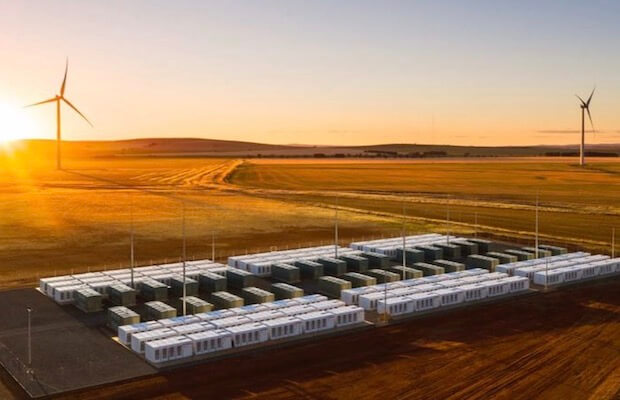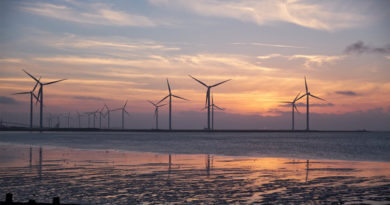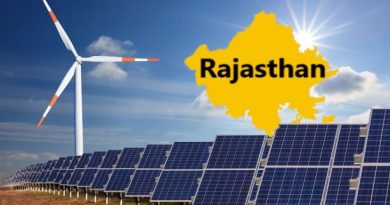Australia to add 1.2 GWh of Energy Storage Capacity in 2020: WoodMac

According to new research, Australia is set to add 1.2 gigawatt-hour (GWh) of energy storage capacity in 2020, more than double the 499 MWh installed in 2019. This takes the country’s cumulative storage capacity at 2.7 GWh this year.
In its latest analysis report, research agency Wood Mackenzie highlighted that for the first time, front-of-the-meter (FTM) capacity at 672 megawatt-hours (MWh) will overtake the 581 MWh back-of-the-meter (BTM) capacity in 2020, a result of funding programmes by the federal and state governments, as well as the Australian Renewable Energy Association (ARENA).
BTM installations have traditionally led capacity growth as state governments have been issuing subsidies for rooftop solar and residential storage, as well as funding for distributed energy resources. Residential, commercial and industrial customers are also incentivised to install BTMs to manage rising electricity bills and power outages.
Wood Mackenzie senior analyst Le Xu said the FTM market’s leading position is likely to be short-lived as the industry faces many uncertainties. The coronavirus-led restrictions and economic downturn could cause delays or cancellations to the 4.6 GWh announced projects in the pipeline over the next five years.
“South Australia, in particular, is at risk as the majority of the planned deployments are located there. Developers with strong balance sheets are in a position to push ahead with their project developments, but still face grid connection challenges in the future.”
With ARENA’s advanced renewable funding phasing out, storage developers are pressed to seek private equity to cover 10 percent – 50 percent of initial project investments. Revenue uncertainties and risks of grid connection may prevent projects from attracting funding. The FTM market is most affected by this and is likely to contract in 2022.
Still, the future of the FTM market is bright as the cumulative capacity could hit 4.2 GWh by 2025. By then, most of the FTM capacity would come from solar-plus-storage, which is a solar power plant paired with a battery storage capacity. Falling battery costs will lead to a better overall capex for the energy storage sector.
Xu said “the costs of energy storage systems will decline 27 percent over the next five years. By 2025, the levelised cost of electricity (LCOE) of both solar-plus-storage and solar-and-wind-plus-storage is expected to be cheaper than gas plants. In general, we can expect renewables-plus-storage costs to be about 20 percent-29 percent lower in 2025 compared to today.”
While coal will still remain Australia’s cheapest source of electricity in 2025, Xu suggested the switch from coal to green energy is more about “short-term pain for long-term gain”.
She further added that as Australia gradually phases out its 31 GW coal fleet, it will need to look for alternatives. Project developers, both domestic and international, are clearly unfazed by the challenges. The number of Australian developers has doubled to 40 this year.
“By 2025, we estimate Australia’s cumulative energy storage investment to hit USD 6 billion. This translates to 12.9 GWh of cumulative storage deployments,” she concluded.
Source: saurenergy.com




